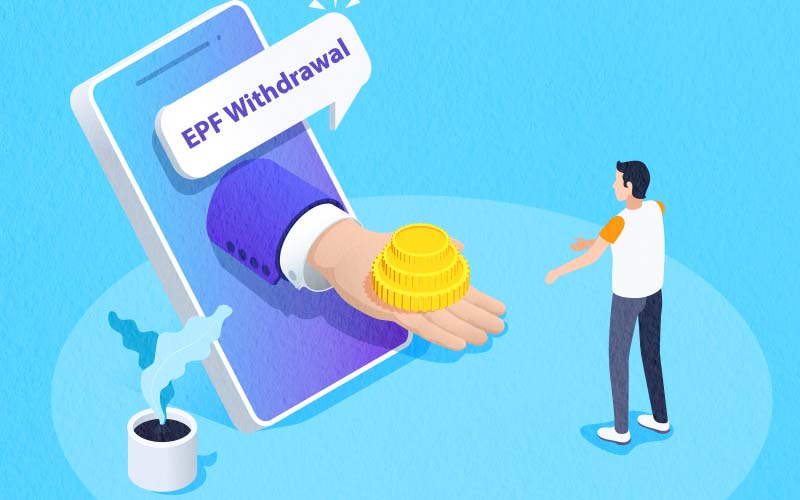The Employee Provident Fund (PF) is one of the main platform of savings in India. It is an employee benefit scheme generally known for saving a portion of salary for retirement. With the introduction of the Unified Account Number (UAN), managing PF accounts became easier, especially for those who switch jobs regularly and hence possess multiple PF accounts.

For some, there might be a need to withdraw their provident fund accumulations from a previous job. If you are one such individual with two PF accounts under one UAN number and want to withdraw money from your past PF account, yes, it is possible. This article will guide you through the withdrawal process and other related aspects.
Contents
Steps to Withdraw from Your Previous PF Account
The Employee Provident Fund Organisation (EPFO) has made the PF withdrawal process simple and hassle-free. The UAN serves as an umbrella for the multiple member IDs allotted to a single individual by different establishments, allowing a person to view all PF accounts using a single platform.
Firstly, to withdraw the amount from your past PF account, you need to ensure that your UAN is active. The active UAN gets linked with the KYC, such as bank account, Aadhaar and PAN. You have to ensure that your KYC details are updated in your UAN as the withdrawal will be made to the bank account linked with your UAN.
Now, you can initiate the withdrawal process. For this, you will be required to submit Form 19, which is the claim form for your PF savings. Remember to check your EPFO member passbook to know the exact amount in your PF account. You can do so by simply logging in to the EPFO member portal with your UAN and password.
Let’s assume that your PF account has a balance of 2,00,000 INR (Two lakh rupees). Post submission, the withdrawal amount will be credited to your bank account linked with UAN. Remember, it might take some time to process the request, which generally varies from a few days to a couple of weeks.
Considerations Before Withdrawing PF
However, it is crucial to understand that withdrawing from your PF account is not always the best financial decision. Often, these withdrawals attract tax and even penalties, which can significantly lower the overall return of your PF account. Additionally, the money in your PF account earns an interest, with the rate currently set at 8.5% for the financial year 2020-2021.
The financial market, including the provident funds, are subject to various risks. Bear in mind that this guide is strictly informational and not intended as financial advice. Please consult with a financial advisor or professional before making any decisions about your PF account. This will ensure that you understand all the pros and cons related to it in the context of your personal financial situation and goals.
Disclaimer:
Invest wisely as the Indian financial market can be a high or low risk avenue depending on the choices you make. The investor must take into account all aspects before deciding the course of action in the financial market.
In summary, an employee can definitely withdraw a prior PF account’s amount under one UAN number after leaving a job. The process includes ensuring an active UAN linked with KYC and making a claim via Form 19. The claim gets processed within a few days to weeks, and the amount is credited to the bank account linked with the UAN. However, the withdrawal might not be a wise financial decision due to potential taxes and loss of accrued interest. The investor should carefully ponder over all pros and cons before making a decision in the Indian financial market.




